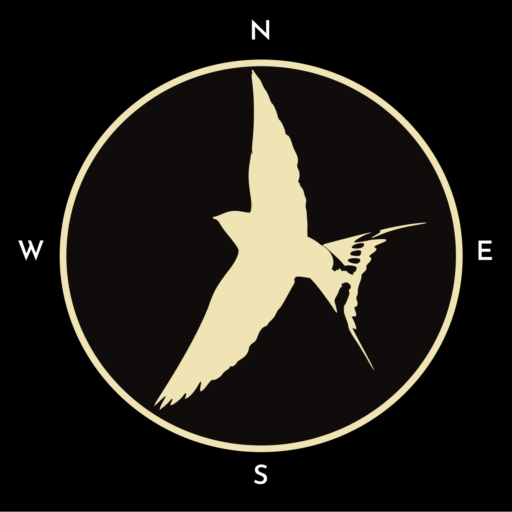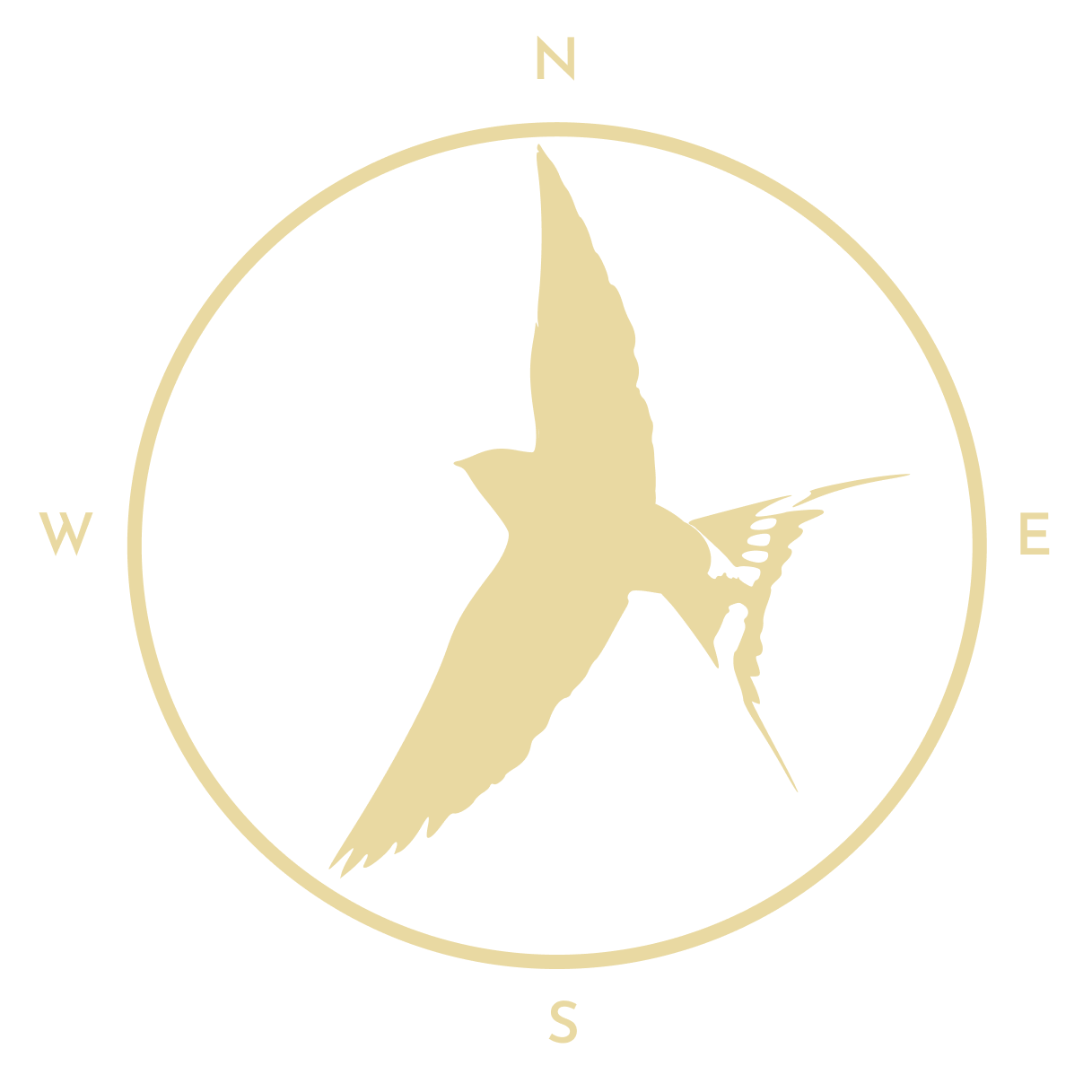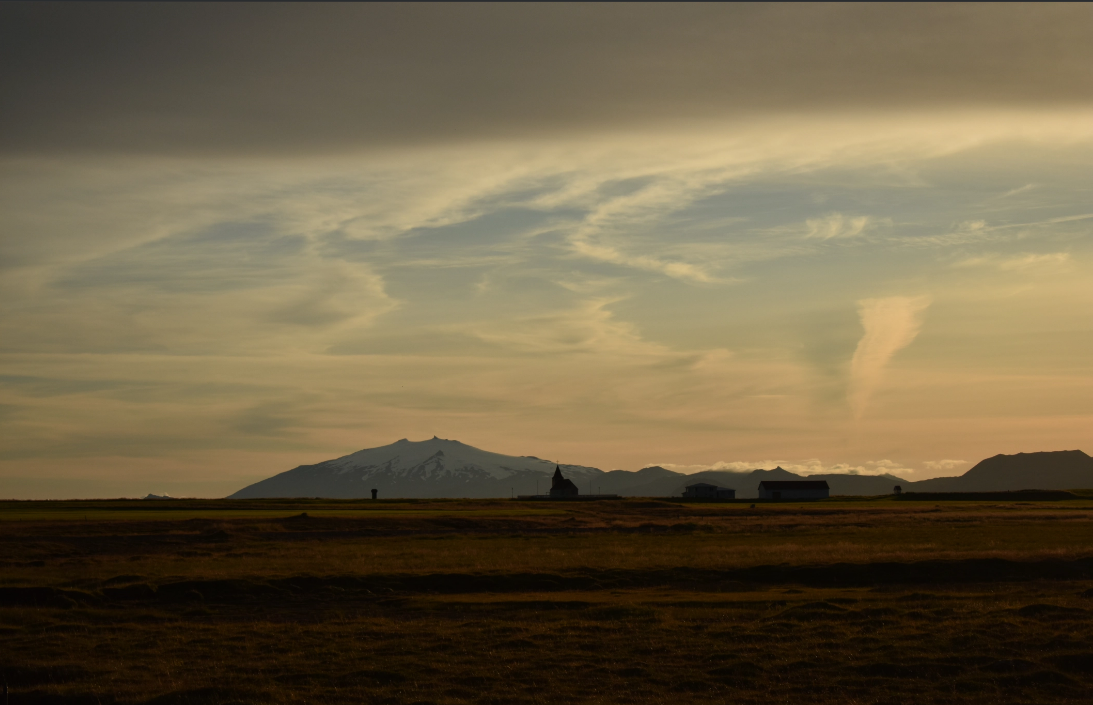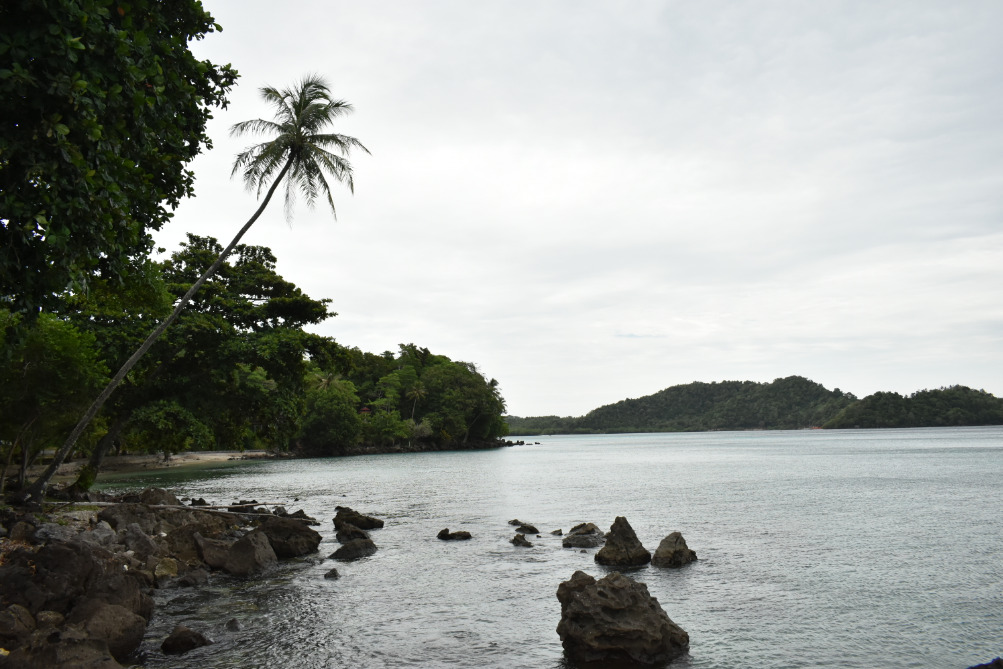What animals can I see?
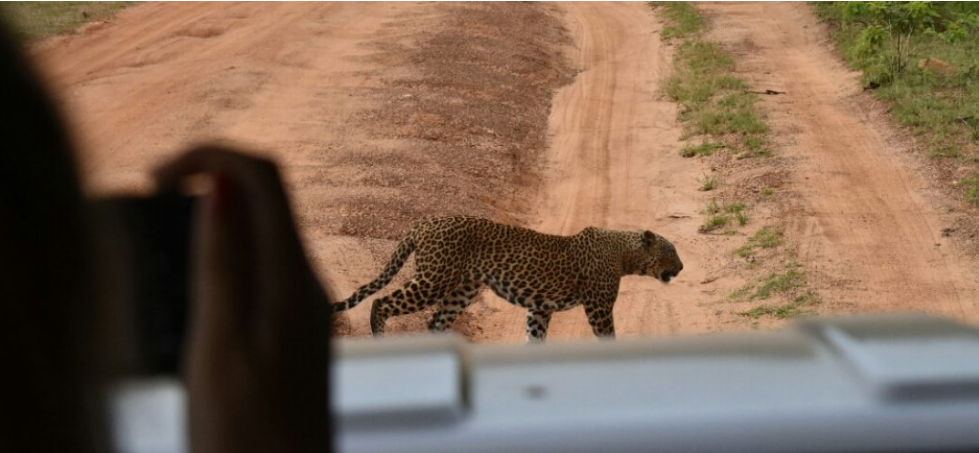

- Leopards are to Yala what the Eiffel Tower is to Paris, only completely on the opposite end of the conspicuous scale. Yala is one of the best places in the world to see them, which is a remarkable feat considering they live across much of Africa and southern Asia. Almost everyone comes here for them, yet not everyone is successful. Communication between drivers through Whatsapp calls (more on that later) makes this easier.
- Elephants are much easier to find given that they often hang out around water holes when it gets hot – which is generally any time after dawn. You’ll either find a family with babies or a lone male tusker, though sometimes the two will meet. They can sometimes create roadblocks, and not even the craziest of drivers racing the wealthiest of tourists to a convention of leopards would attempt to get through one.
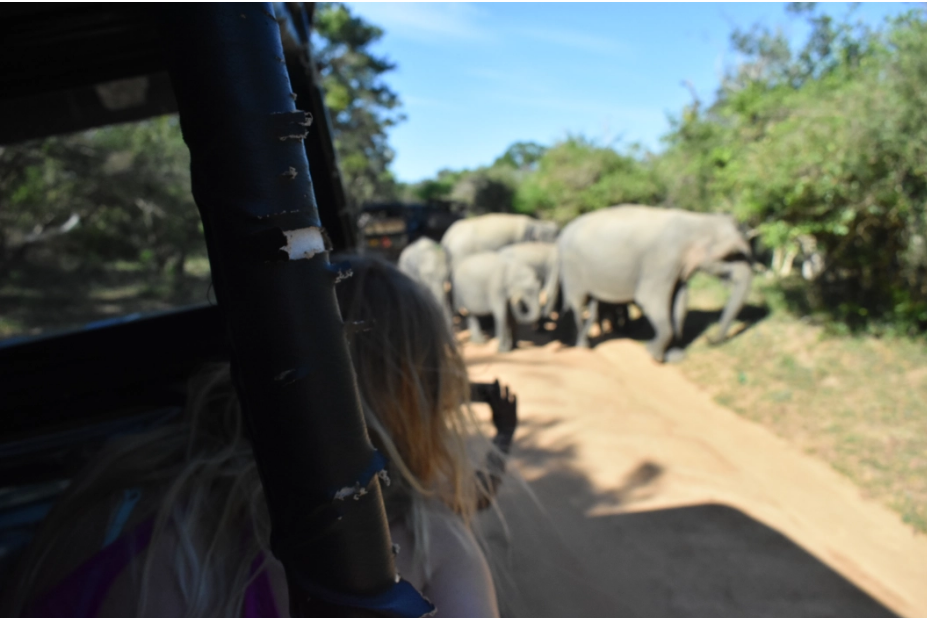

- Sixty per cent of the safari will probably be checking open areas and water-holes. The first thing you’ll see are wild boars, water buffalo and chital deer if they are present, and a quick scan of the binoculars will reveal birds of various sorts. Ibises, spoonbills and storks are always going for a paddle, and brightly coloured bee-eaters and kingfishers constantly flick through the bushes and dead trees. Strangely, I didn’t find any bees in this park. Looking a little harder may yield crocodiles recharging their batteries on the banks, and if you see deer or boar drinking and feel lucky, consider asking the driver to wait; when Crocky’s stomach rumbles, he puts on quite a show.
- Smaller animals like mongooses, hares and Sri Lankan jungle-fowl, the country’s national bird and the ancestor of the chicken, can be found around water holes and moving through the brush. They are plentiful enough and generally not so shy that they vanish at the sound of a jeep engine.
- The only other animal worthy of making The Phone Call is the sloth bear, but they require even more luck than leopards. My driver told me he hadn’t seen one for six months – since I’ve apparently got friends in high places, one made an appearance later that day. Honestly, the only technique I could suggest is stop and scan rocky outcrops as they sometimes hole up in them – otherwise, trusting your driver’s connections is all you can do.
How do I get there?
Add this name to your memory: Tissamaharama. With a silent “H”, it’s your base to the park. Tissa, as it’s usually called, lies on some major roads, and the point where they meet is the town centre where the market and bus terminal is located. Strolling from one end to the other takes about fifty minutes, plus time for talking to inquisitive folks and no-thank-you’s to tuk-tuk drivers. The fork is also where you’ll find most of the bakeries, restaurants and street food. Most resorts and guesthouses are in the quieter parts of town. Anyway, getting to Tissa from Colombo the Shoesa way will someday be doable by train, but for now the wheels on the bus go round and round…
To get to Tissa, get a bus whose final destination is Kataragama; Tissa is just before this, though locals will help you out for getting off at the right stop. Sri Lankan buses come in three classes; starting with the worst, they are private blue buses, government-run red buses and deluxe AC coaches. The third option is a little scarce, but fortunately available for this route and bookable online. I did so, and for 910 LKR I had immense leg and shoulder-room, a reclining seat and even a USB socket – well, well, you can never tell what you’ll get. From Colombo, the journey takes around eight hours.
Organising a car and driver couldn’t be easier, given that everyone including your Uber ride will advertise this option to you. Since I was flying solo, it was about as within my budget as a drunken night in Riyadh, but it’s worth a mention. If you only want to do a short trip to Yala, this might be your best bet. Few flights go there (for now), and the bus I had booked was cancelled; I was able to get on another, free of charge, but it was a delay of three hours. Bottom line: if your schedule is tight, it might be worth channeling your Downton Abbey side.
Anything I ought to know? About the safaris, that is?
First of all, it’s hardly a wilderness experience. Drivers contact each other when they see something and this often results in a cluster of cars around one animal. If it’s a leopard, they will really race towards it, braking harshly when they reach a speed bump and slamming the accelerator once they’re over it (or at least, their front wheels). Some drivers are better than others, ranging from those who can point out animals and make you think “how on earth did they see that?” to someone who just knows how to operate a jeep. Just.
Most safaris to Yala cost a lot if booked online, and arranging it in Tissa can be cheaper but a riskier affair, as you’ve no idea what you’re paying for. I used Safari Janaka, one of the few companies who live in the 21st Century – offering their safaris online but still offering a reasonable price of 5500 LKR, about £29. Another option is to check if your hotel can arrange one, which should usually be at that price, and you can check the hotel’s reviews to evaluate whether their safaris would be any good.


You’ll have a choice between half day and full day safaris. It’s always best to choose the half day option, which will be in the morning or evening when animals are at their most active – and full day options will inevitably cost more without necessarily delivering.
Generally, drivers will respect your wishes unless you’re overruled by the majority of the jeep – if you tell him to slow down or that you’d like to move on from that leopard that hasn’t moved for two hours, they will cater to your requests.
Where can I stay?
I stayed at K Holiday Resort meself. It was a decent enough place, and even the cheapest room was a fine place to spend a few nights in. They also organise safaris at the same price as Janaka, and from what I’ve heard they’re not half bad. They gave me the sales pitch, but weren’t at all pushy about it, something which has been a problem in other hotels. Four nights here cost me 5500 LKR.
A number of hostels are sprouting up too, and many offer dorm beds on Agoda from 980 LKR per night. If you say “nightey-night” here with the intention of a dawn safari the next day, be sure to follow the usual rules of early starts in hostels – that alarm should only go off once, and be wheeshed ASAP.
If you want a private room, the best thing is to stay at a guesthouse. The cheapest will charge 1400 LKR for a fan-cooled double room (what I got), and of course there will be more to pay for air-conditioning. In my opinion, it’s not necessary if you won’t be spending masses of time in your room during the day.
Whether you stay in Tissa itself or not is up to you. Being closer to cheap eats would necessitate staying in town, of which there are slightly fewer options – K Holiday is one of them. Do bear in mind that most of Tissa’s attractions can easily be reached on foot, including the peaceful countryside, and safaris can pick you up from either option no problem.
Where can I eat?
There are plenty of little stands selling rotis, egg rolls and other pastries, and I had many a cheap dinner (rarely more than 200 LKR) by simply pointing at different items, asking for more of the ones I liked the look of. There are also places where one can get a decent curry for 250 LKR and a smoothie for 150, and a Cargills Food City all within the road fork.
If you’re staying at a guesthouse it may be worth sampling their food, as the owners will often take their cooking almost as seriously as your grandmother – years of practise and experience, all to make you a nice home-made plate of kottu.
What else can I see nearby?
The good thing about Tissa is that it has plenty of should-sees to keep oneself busy during the afternoon when, if you’ve been heeding my advice, you’ll have come back from Yala. Tissa Dagoba is a white, semi-spherical Buddhist temple and the hub of religious life for this town. The lawns look like an art gallery with their collection of various Buddha statues, but then families of worshippers dressed in white praying in front of them remind you of this site’s purpose.
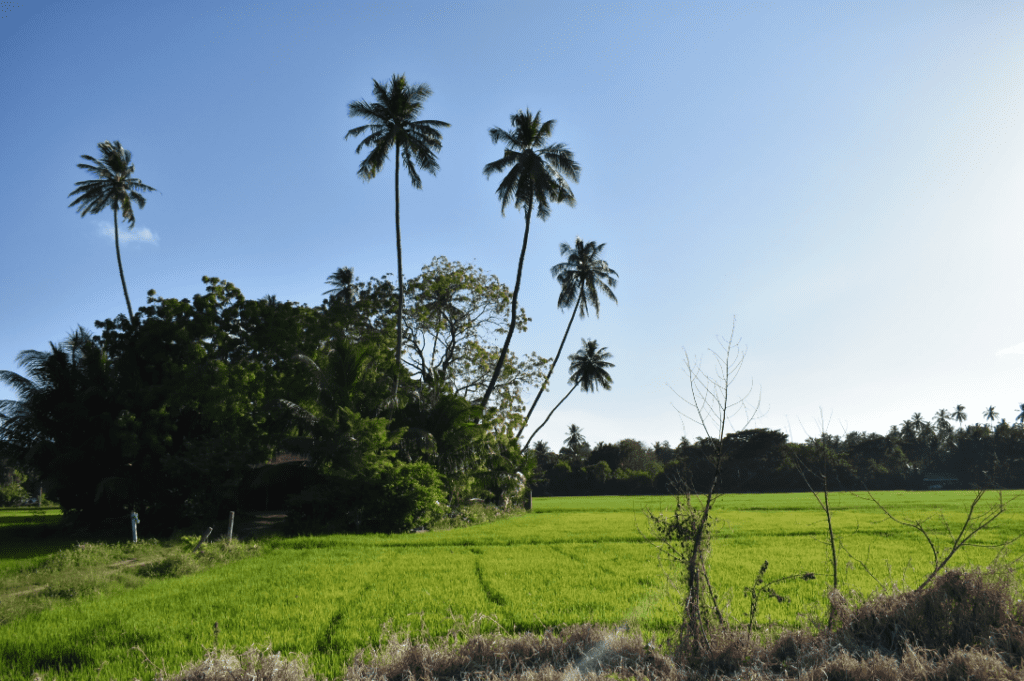

Getting to the stupa on foot via any route but the main road will take you through colouring-book green rice fields, vast flat expanses interrupted by streams where people bathe and clusters of trees whose role is to shade the houses at their centre. The proprietors will wave at you as you walk by, and one was a tuk-tuk driver reading his daughter a story in the back of his “office”. We travellers should remember that whilst some drivers are indeed profligate swindlers who start bawling when they lose out to Uber, others are respectable citizens who want to make an honest living like anyone else.
Lastly, Wirawila Tissa Sanctuary is a couple of lakes to the north of Tissa well worth a gander if you want to expand your bird list. Jacanas, swamp-hens and purple herons tread across the lily-pads, eagles sit majestically on top of branches keeping their eyes out for careless fish, and red woodpeckers, orioles and barbets weave through the bushes. In one group of about five trees on the southwestern corner of the largest lake is a colony of fruit bats, so coming here at sunset and watching them take off makes the perfect end to any day.
A final note, which may come as a relief to anyone who knows about Sri Lanka’s craze over entrance fees and inflating them for foreigners; all the sights mentioned here are free.

